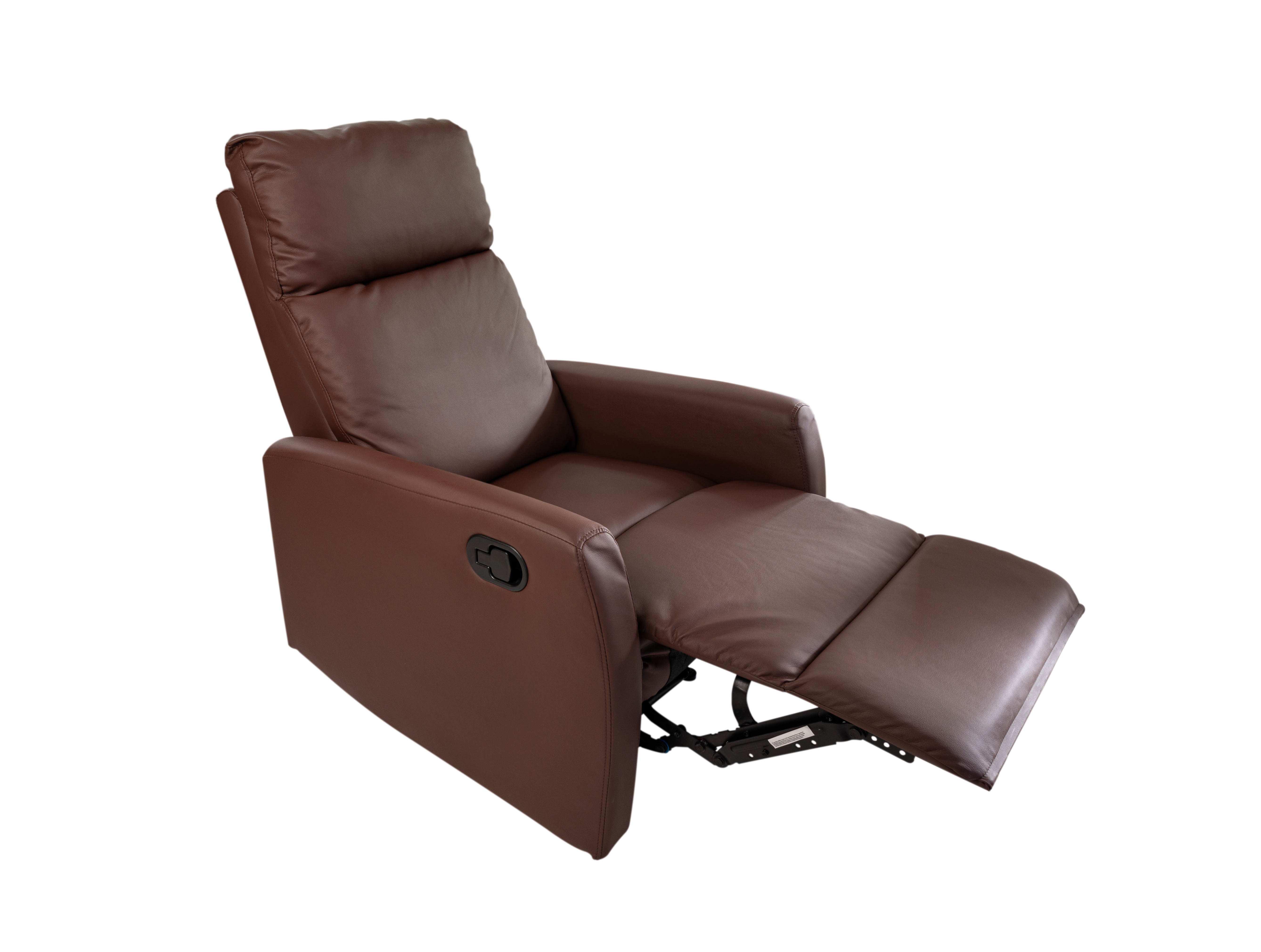Complete Recliner Guide: Comfort, Style & Use
Discover how to choose the perfect recliner chair for your home. This comprehensive guide covers comfort features, upholstery choices, space requirements, and popular styles — plus practical maintenance tips and price ranges. Learn about lumbar support, power functions, leather vs. performance fabrics, wall-hugger models, and what to measure before purchase. Ideal for readers seeking durable, stylish seating that supports relaxation and daily use.

A recliner can transform a room by blending relaxation with practical design. Modern recliners do much more than tilt back — they offer targeted support, tech-friendly conveniences, and a range of styles to suit any décor. This guide breaks down the features, materials, sizing considerations, and upkeep advice you need to pick a recliner that fits your lifestyle and space.
Key Features to Evaluate
When shopping for a recliner, focus on elements that affect comfort and longevity. A well-designed lumbar support system helps preserve neutral spinal alignment during long sits. Adjustable headrests let you tailor neck support whether you’re reading or watching TV. Many models include built-in massage programs and heat functions for added relief, while USB ports and cup holders bring extra convenience.
The reliability of the reclining mechanism and the strength of the internal frame are critical to long-term performance. Look for durable metal or kiln-dried hardwood frames and smooth-action mechanisms, whether manual or powered. If you opt for power recline or lift-assist, check the motor warranty and ease of use for daily operation.
Upholstery and Material Choices
Upholstery significantly influences comfort, appearance, and maintenance. Genuine leather is prized for durability and a developing patina, though it needs periodic conditioning to stay supple. Performance fabrics—engineered for stain resistance and easy cleaning—are great for households with kids or pets. Microfiber provides a plush feel at a lower price point, while vinyl gives a leather-like look without the same maintenance requirements.
Consider breathability and texture as well as stain and scratch resistance. If allergies are a concern, look for hypoallergenic materials and removable, washable covers when available.
Size, Fit, and Space Planning
Measure both the room and the person who will use the chair. Seat width and depth determine comfort: wider seats suit larger users or those who like to curl up, while deeper seats accommodate taller people. Also verify the chair’s weight capacity to ensure safety and durability.
Allow adequate clearance behind the recliner so it can fully extend. Traditional recliners may need 12–24 inches of space behind them, whereas wall-hugger or space-saving models typically require only 4–6 inches. Don’t forget to measure doorways, stairwells, and hallways to guarantee the chair can be delivered and positioned without difficulty.
Popular Recliner Styles
Recliners come in a variety of looks to match your interior. Contemporary designs focus on clean silhouettes and minimal ornamentation, making them suitable for modern living rooms. Traditional recliners often feature rolled arms and plush cushioning for a classic feel. Transitional styles blend modern lines with traditional comfort, creating a versatile option.
For home theaters, theater-style recliners emphasize head and neck support, often integrating cupholders and storage consoles. Rocker recliners add a gentle rocking motion, and power lift chairs assist users in standing up, which can be helpful for those with mobility concerns.
| Style | Features | Price Range |
|---|---|---|
| Manual Traditional | Lever or pull-tab operation, comfort padding | $299–$699 |
| Power Lift | Electric controls, lift assistance for standing | $599–$1,299 |
| Luxury Massage | Multiple massage modes, heat, power adjustments | $799–$2,499 |
| Wall-Hugger | Space-saving build, available in manual or power | $399–$899 |
| Rocker Recliner | Rocking motion, typically manual | $349–$799 |
Prices, rates, or cost estimates mentioned in this article are based on the latest available information but may change over time. Independent research is advised before making financial decisions.
Caring for Your Recliner
Routine maintenance keeps a recliner operating smoothly and looking its best. Follow manufacturer cleaning recommendations for your upholstery type: vacuum fabric regularly, wipe vinyl with a damp cloth, and use leather cleaner/conditioner for genuine leather. Lubricate moving parts and check bolts periodically to prevent wear.
Address any mechanical noises or hesitation promptly; small issues can escalate if ignored. Annual professional cleaning can extend the life of leather and high-end fabrics, while prompt stain treatment preserves appearance.
Final Buying Tips
Try before you buy when possible: spend several minutes sitting and reclining to test comfort and support. If you can’t try in-store, verify return policies and delivery options. Compare warranties on frames, mechanisms, and electrical components, especially for power and massage features.
Think long-term: a slightly higher upfront investment in a robust frame and reliable mechanism often pays off through years of dependable use. Balance aesthetics with ergonomics and maintenance needs to find a recliner that enhances both comfort and your living space.
Choosing the right recliner is about combining practical requirements with personal comfort. By evaluating support features, upholstery types, room dimensions, and maintenance needs, you can select a chair that provides relaxation and function for years to come.






